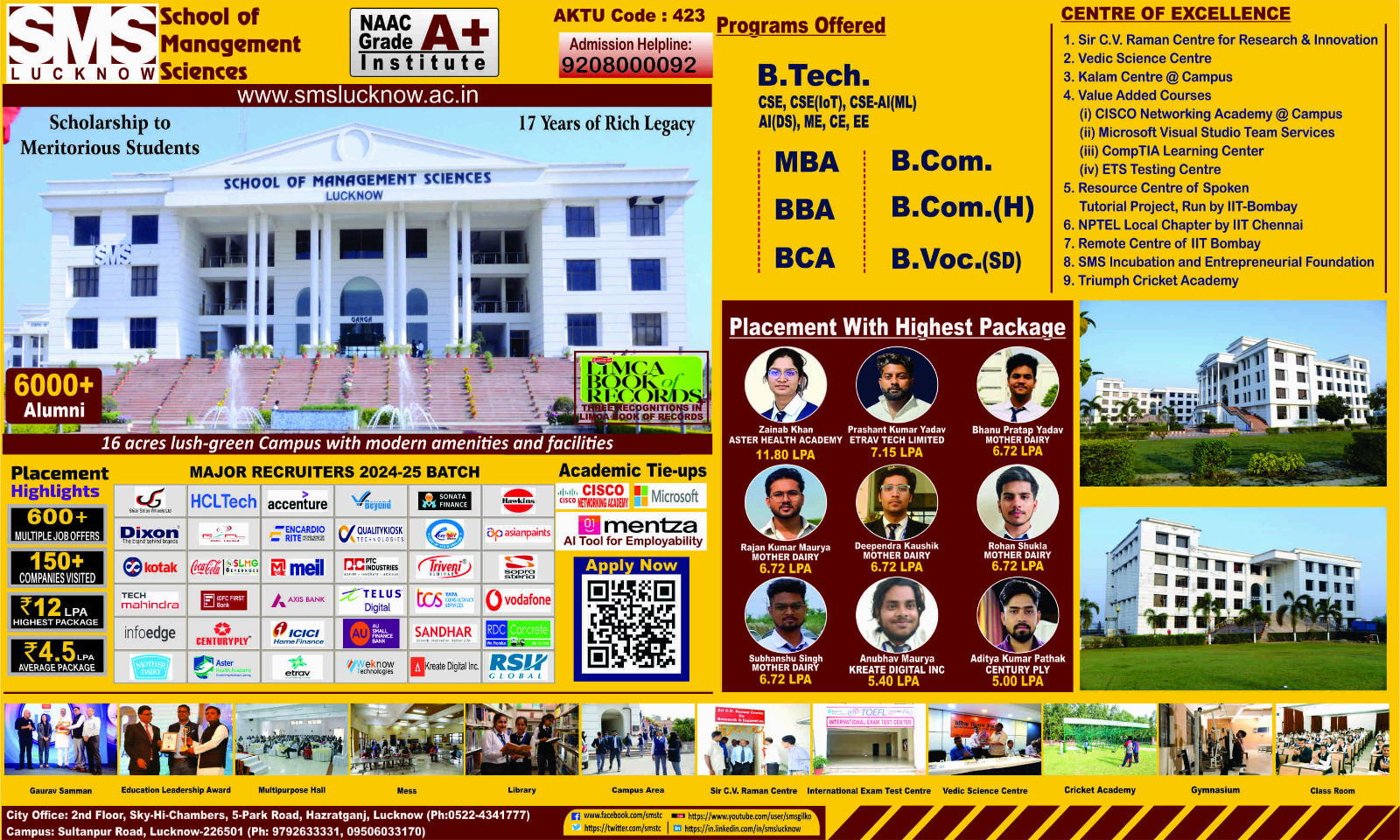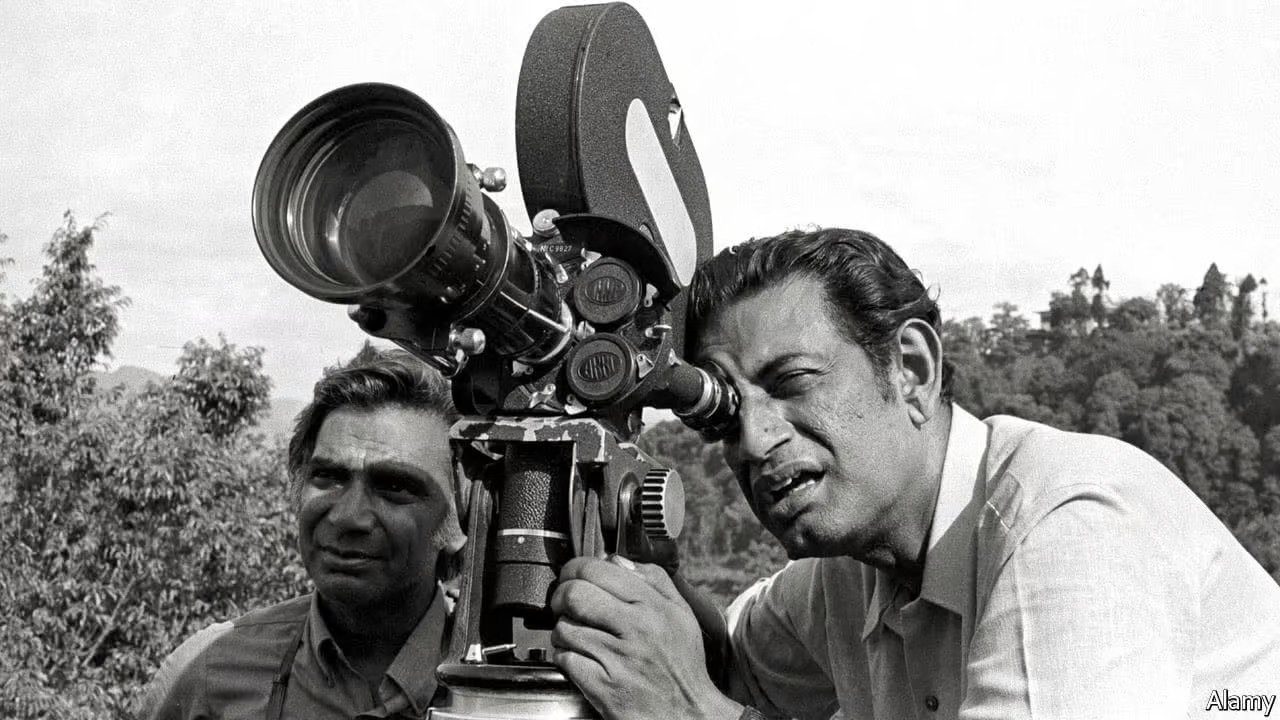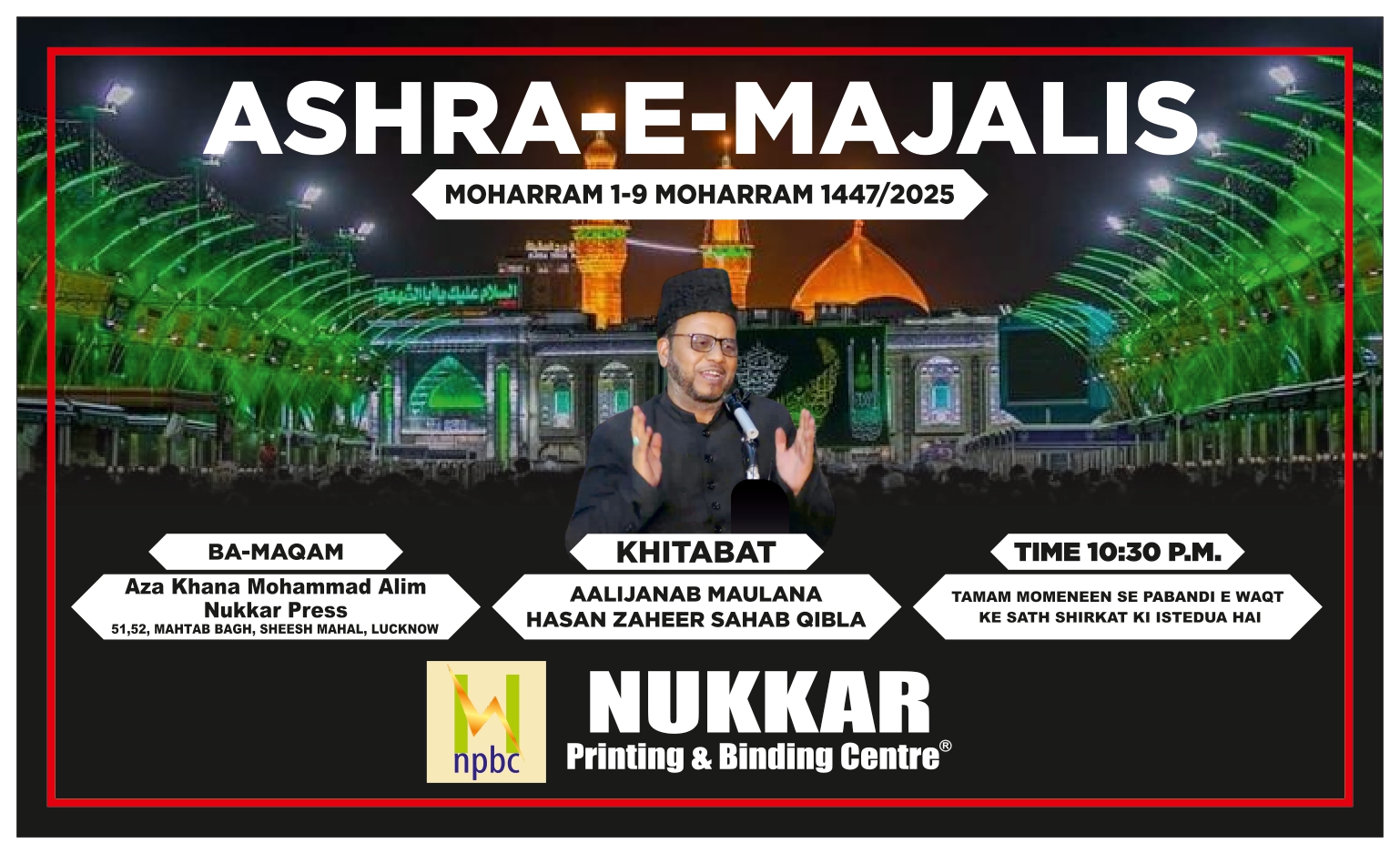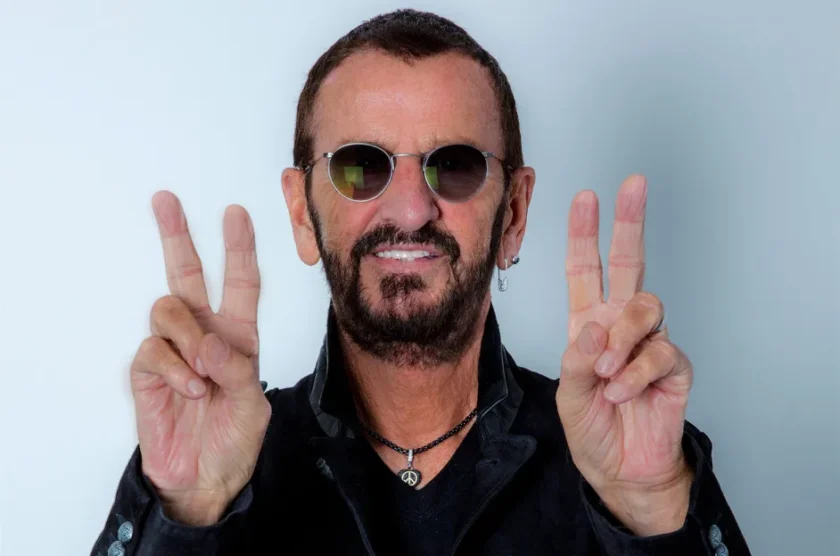Mumbai: The evolution of film storytelling in India is a rich and dynamic narrative that spans over a century. It reflects the country’s cultural, social, and political changes, adapting to and often leading global trends in cinema.
Early Cinema: Silent Films (1913-1930)
The inception of Indian cinema dates back to 1913 with the release of Dadasaheb Phalke’s “Raja Harishchandra,” considered India’s first full-length feature film. These early films were silent and predominantly mythological, drawing heavily from Indian epics like the Mahabharata and Ramayana. The storytelling was straightforward, focusing on moral tales and folklore, reflecting the socio-cultural milieu of the time.
The Talkies and the Golden Age (1930s-1960s)
The introduction of sound in the 1930s, with “Alam Ara” (1931) being the first Indian talkie, revolutionized Indian cinema. This era, often referred to as the Golden Age, saw the emergence of film studios like Bombay Talkies, Prabhat Studios, and New Theatres. Storytelling became more complex and diverse, incorporating social issues, romance, and melodrama. Filmmakers like Satyajit Ray, Guru Dutt, and Raj Kapoor brought a new level of artistry, blending realism with poetic narratives. Ray’s “Pather Panchali” (1955) is a prime example, showcasing the struggles of rural Bengal with a nuanced and humanistic approach.
Masala Films and the Rise of Bollywood (1970s-1990s)
The 1970s marked the rise of the “masala” film, a uniquely Indian genre that combined action, romance, comedy, and drama. This period of film storytelling saw the dominance of Bollywood (the Hindi-language film industry based in Mumbai) and iconic stars like Amitabh Bachchan. Storytelling during this time often featured larger-than-life heroes, revenge dramas, and family sagas. Films like “Sholay” (1975) and “Deewar” (1975) became templates for the masala genre, integrating songs and dances into the narrative.

Parallel Cinema and Regional Diversification
Parallel to the mainstream Bollywood, the parallel cinema movement emerged, focusing on more realistic and socio-political themes. Filmmakers like Shyam Benegal, Mrinal Sen, and Adoor Gopalakrishnan spearheaded this movement. Their films were often rooted in regional contexts, exploring themes of poverty, caste, and gender discrimination with a stark, realist style. This period also saw the rise of regional cinema in languages like Bengali, Tamil, Malayalam, and Kannada, each contributing unique storytelling traditions and styles.
Globalization and the New Millennium (2000s-Present)
The advent of the new millennium brought globalization, digital technology, and new narrative forms to Indian cinema. Bollywood films like “Lagaan” (2001) and “Dil Chahta Hai” (2001) started exploring new themes and stylistic innovations, appealing to both domestic and international audiences. The influence of Western cinema became more pronounced, yet filmmakers retained distinct Indian elements.
Contemporary Indian cinema is characterized by its diversity. Independent filmmakers like Anurag Kashyap and Zoya Akhtar are pushing boundaries with edgy, realistic stories. There’s a growing trend of biopics, historical dramas, and genre films (like horror and sci-fi) that were previously less explored. The streaming revolution, led by platforms like Netflix and Amazon Prime, has further democratized storytelling, allowing for more experimental and niche content.
The evolution of film storytelling in India mirrors the country’s own journey through time, reflecting its complexities and diversities. From mythological epics to gritty social dramas, and from the grandiose masala films to the nuanced narratives of contemporary cinema, Indian films continue to evolve, offering a rich tapestry of stories that resonate across generations and geographies.






